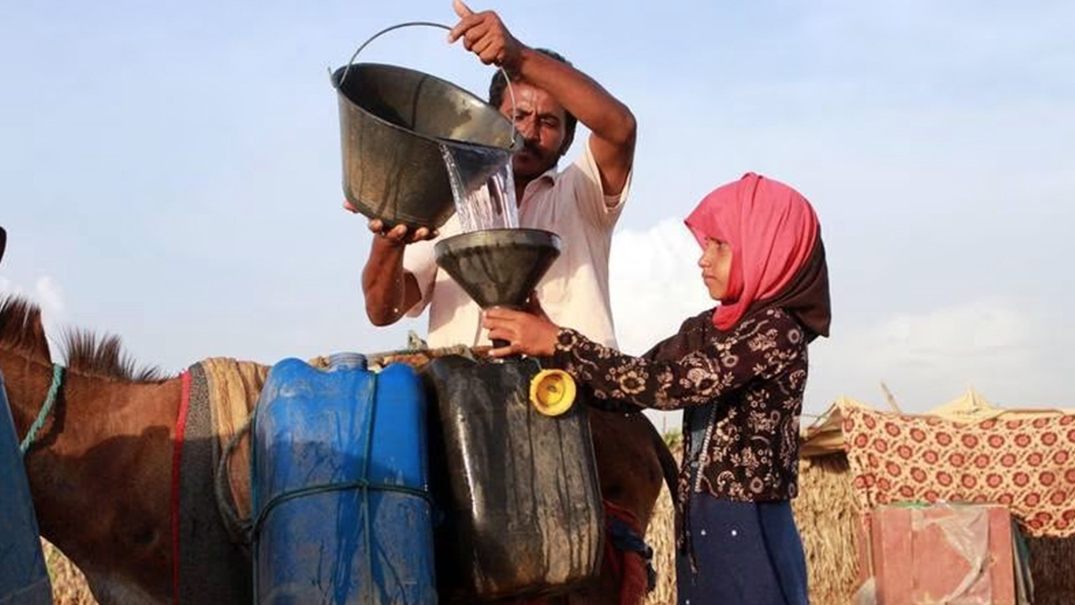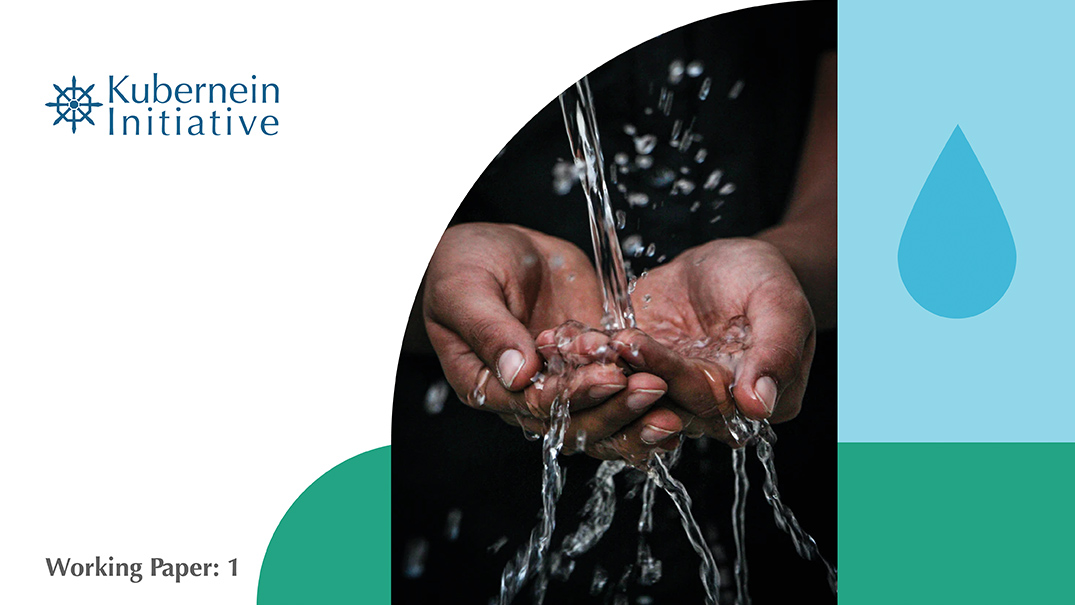Water is central to Covid-19 management — frequent hand washing has been suggested as a preventative measure and its intake recommended as essential for recovery from infection. If there is one aspect of Covid treatment that is not disputed, it is the need to keep the body hydrated. This becomes critical as the second wave continues to devastate India during some of its hottest months and when close to 40 per cent of the country experiences drought or drought-like conditions. What then of the millions who have little or no access to water in cities and villages?
The right to safe drinking water and sanitation is rooted in various UN resolutions, the Geneva Convention, and is goal 6 of the 17 Sustainable Development Goals. Frequent and proper hand washing was advocated as the most basic frontline defence against Covid from the beginning. Yet, over a quarter of the world lacks access to reliable water supply. The pandemic has heightened the extent and consequence of this gap, bringing it into mainstream conversation.
In India, the Ministry of Housing and Urban Affairs has suggested a minimum of 135L per capita per day as a benchmark for urban water supply and 55L for rural areas, as of 2020. The Jal Jeevan Mission aims to provide piped water connections to all households: As of 2020 over 165 million Indians did not have access to constant clean water, close to 600 million live in water-stressed regions, and 63 per cent households do not have access to water within their homes. Water scarce areas in India, dependent on government and municipal water tankers, receive, if fortunate, a maximum of 25L of water per person per day, amounting to 125L for an average family of five. This is in stark contrast to median and high-income households that use anywhere from 200L-600L per person per day.
A study by Jadavpur University in late 2020 found that the demand for water in Kolkata doubled to 13.5 million litres after the advent of Covid, alarming for a state that faces water stress. Water consumption in Bundelkhand increased by over 60 per cent in 2020 compared to 2019. Other states including Maharashtra, Bihar, MP, Karnataka and UP that account for some of the highest Covid-19 cases, are also water deficient. With government agencies, NGOs and the media constantly pushing out the mandated message on hand hygiene, lower income families are left with minimal quantities for regular household chores and maintaining basic hygiene.
It is not news that the lack of hand hygiene and poor sanitation makes rural and poorer communities more vulnerable to disease. We’ve seen it before with various communicable diseases such as cholera, typhoid, diarrhoea (a major cause of infant and child mortality). The idea that the average Indian household, rural and urban, has enough water to wash their hands multiple times a day or drink 3L of water per person to aid in Covid recovery is absurd. India simply doesn’t have access to enough water. The pandemic has brought this gap to the forefront.
A 2020 survey by Gaon Connection across 23 states and three Union Territories found women working harder by 40 per cent and rural families walking a greater distance than usual to fetch water. Supply issues are critical in urban India as well, with no city currently providing 24/7 water to all its residents. There are myriad other issues including cyclones and other natural events, which cause power outages and contamination of water sources. For instance, Cyclone Amphan in 2020 and more recently Cyclone Yaas destroyed pipelines and other infrastructure in the Sundarbans and villages in West Bengal. Further, natural sources of water, ponds and wells are seeing increasing saline water intrusion, rendering the water unusable for drinking. The increase in frequency of extreme weather events presents a whole different set of challenges that need to be taken into account.
Till recently, water security trends researched ranged from global warming and temperature fluctuations to rapid unplanned urbanisation and stress presented by megacities. Millions of people live with outdated infrastructure and face supply vulnerabilities. However, new streams of study are emerging both globally and within India. Deeper connections between water, health and gender are now studied. Solutions are varied and complicated and water often becomes an emotive topic. Greater focus on a multidisciplinary approach between water and health, going beyond the use of water as a part of the curative domains of the health sector, is necessary to deal with future crises.
While government agencies can and should focus on delivering the ambitious JJM mandate and ramping up access to water, concerted efforts to safeguard water sources need to be made. Disproportionate emphasis on supply should not lead to a neglect of critical questions such as the source of water and its potability.
There is an opportunity to educate citizens and unaware sections of society that hand washing is not just for Covid times, but for general health benefits. The pandemic has presented us with a unique opportunity to change how we view and value water and its connection to our overall health and development.
Ambika Vishwanath is the director of Kubernein Initiative and a water security specialist.
This article first appeared in The Indian Express in June 2021.



